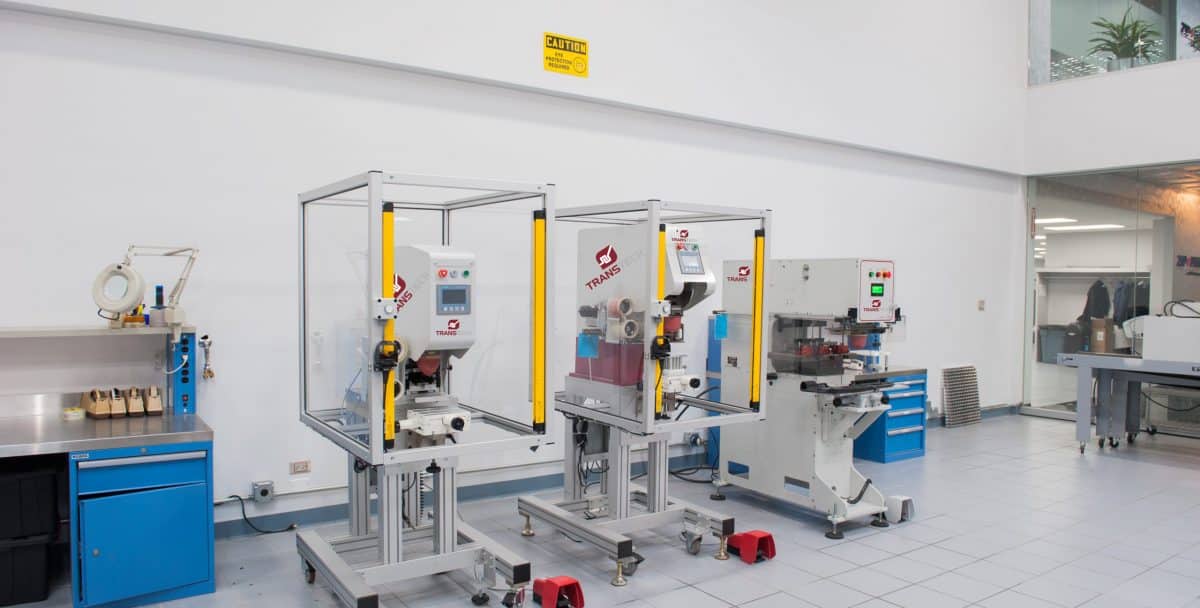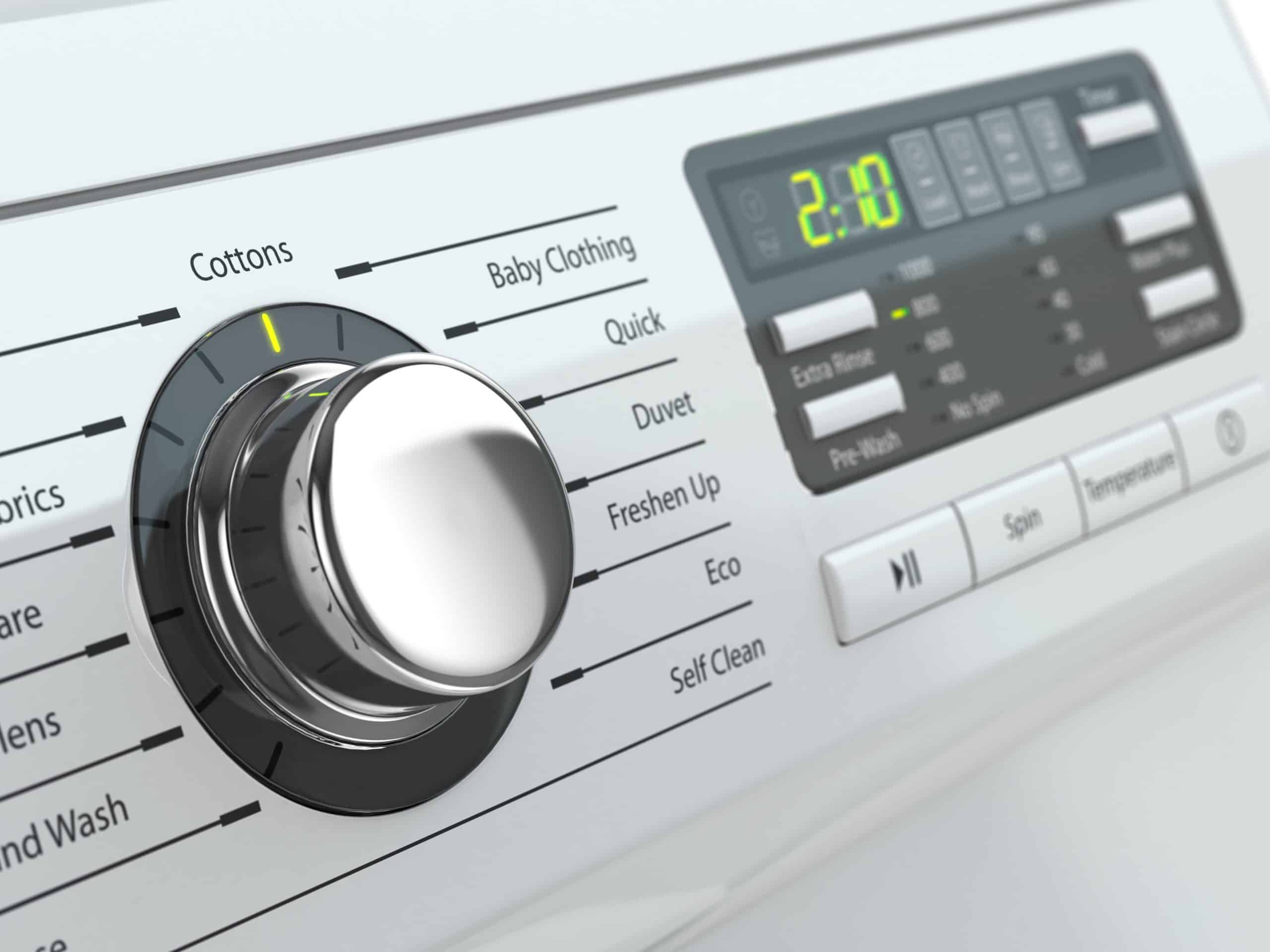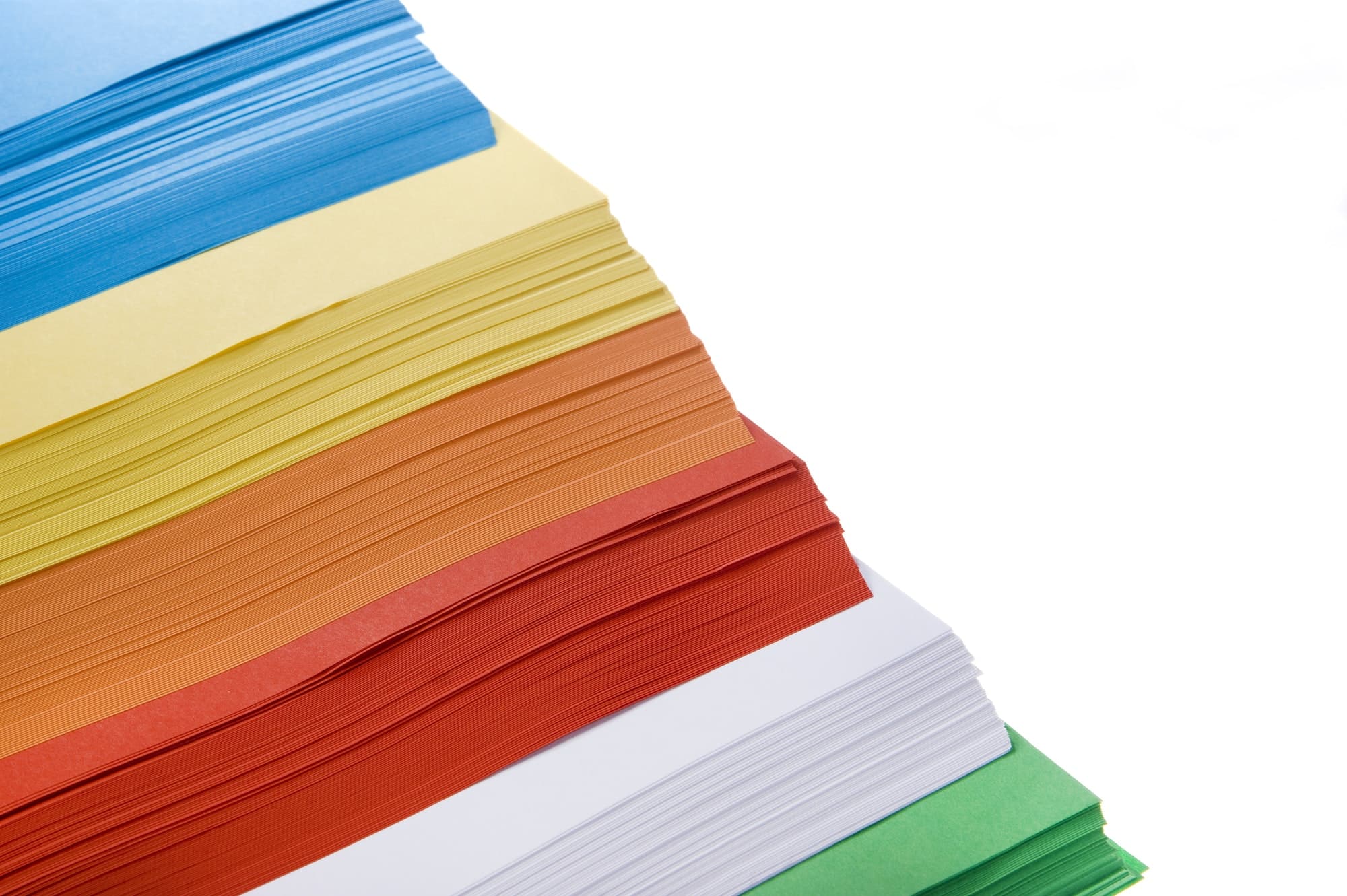Product Decoration: Pad Printing Vs. Digital Printing

Today’s manufacturers have a variety of options for fulfilling their product decoration needs. Two technologies stand out from the crowd as particularly effective at providing repeatable, high-quality decoration: Today we look at Pad Printing Vs. Digital Printing.
Both types of machinery function very differently from one another and bring with them a unique set of advantages and considerations. Here we will discuss both of these industrial printing technologies so that you can determine which solution is the most ideal for your needs.
What Is Pad Printing?
The older of the two disciplines, pad printing focuses on using molded silicone pads to transfer 2-dimensional images onto a nearly limitless array of 3-dimensional substrates. This process is derived from classical offset printing techniques, amplified and optimized for modern printing needs.
Pad Printing: A Brief History
Pad printers when German-founded TampoPrint first began implementing cold vulcanized silicone pads and solvent inks into the machinery.
Trans Tech was founded in 1979 as the first and primary distributor of Pad Printing technology for Tampo Print across the US. Today at Trans Tech we design and manufacture our own industry-leading pad print solutions. Our unique, patented solutions enhance efficiency while providing highly repeatable, precision decoration.
What Is Digital Printing?
As its name suggests, Digital Printing is a more recent development in the world of product decoration. Despite its more recent debut, it is known to be an important and effective technique for product decoration. What sets the Digital Printing method apart is the fact that it uses a digitally based image as the reference point for applying a design to the substrate.
The printer uses special software to manage the image, controlling when the machine’s printhead releases tiny droplets of ink directly onto the substrate. The ink is applied in a specific sequence and pattern that allows the digital image to be accurately recreated on the substrate.
Digital Product Decoration: A Brief History
Digital Printing first came to popularity in the 1990s, with a multitude of companies bringing personal digital printers to homes and offices. In 2008, our parent company ITW developed the first industrial digital printers. As such, Trans Tech has a unique and deep understanding of the machinery.
Advantages Of Pad Printing
The key advantages of Pad Printing as a product decoration solution include:
Printing On Rough, Textured Surfaces
The defining feature of Pad Printing machines, the silicone pad, enables it to easily print on surfaces that other types of equipment would have difficulty with. The pad’s pliability allows it to conform to curved, recessed, irregular, and even roughly textured surfaces.
This ensures that no matter the complexity of the substrate, the image can be effectively transferred.
Fast & Easy Changeovers
Pad Printers use a variety of consumable parts, like pads, clichés, and ink cups to transfer a print. These parts can easily be swapped out and replaced at regular intervals. This can be done to change images for printing, ink colors, or pad sizes for different designs.
Trans Tech has also developed unique Pad Printing consumables that make this process even easier. Our SpaceFrameTM and Patented Express Liners system is designed with a removable liner that can be replaced and filled with new ink. Because of this ink changes can be made up to 86% faster than on competing machines.
Flexible
With other transfer systems like heat transfer, higher costs are incurred for changing product dimensions. Each Pad Printing machine can be easily retooled when needed to decorate new part geometries and substrates.
These savings accumulate the longer that a pad printer is used.
High-Quality Images
Pad printing is capable of transferring prints onto substrates with photographic accuracy. With line definition down to .0001” (25µm). These printers can add accurate images to critical components.
Extreme Accuracy & Repeatability
Some components require decoration with very tight precision. Pad printers can reliably produce precision decoration on components for heavily regulated markets like the Military, Medical, and Automotive industries
Accurate & Consistent Decoration Color
A Pad Printing system is capable of recreating colors with accuracy higher than that of human sight. Films and coatings can be applied with an accuracy of .00011” (3µm)
Automotive & Medical Grade Inks
Trans Tech systems are capable of implementing ink types that are built with industry-specific needs like biocompatibility as well as resistance to wear and tear, UV emissions, chemicals, and sterilization.
UV Curable Inks For Instant Curing
Certain ink formulations used in Pad Printing can be dried in seconds through UV curing. These ink types ensure near-instant access to product handling
Advantages Of Digital Printing
The key advantages of Digital Printing as a product decoration solution include:
New Images Instantly
The reference images used by a digital printer are stored and managed exclusively in a computer system. The printer reads the image and delivers the print directly to the product or part. As such, swapping images out takes only as long as the operator takes to upload a new image file.
This means that product lines with multiple designs, sequentially numbered labels, or short runs can be decorated with extreme efficiency as the image changeover time is null.
Multi-Color
The printhead of a digital printer is capable of using multiple ink colors to transfer exact shades to the substrate. There is no need to swap out ink in the machine which leads to a reduction in downtime, optimizing throughput.
Additionally, the thousands of colors at the disposal of a digital print solution allow for more complex colors that other systems may have difficulty with.
Very Few Consumables
Digital Printers reduce the need for consumables in a production environment. With proper maintenance and care, a digital printer can deliver savings by cutting down on consumable purchases.
Instant UV Curing
Digital Printing systems cure prints in the same unit that completes the print. As such, once a print is finished the product is ready to be handled and is prepared for chemical resistance
Which Is Right For Me?
Both Pad Printing and Digital Printing systems continue to evolve as manufacturers look to improve and expedite the process of product decoration. Each represents a viable solution to modern-day production needs. However, your individual production needs and capabilities may determine that one is more favorable to you than the other.
Understanding the optimal solution is no easy task. The best first step would be to consult the experts. Trans Tech employs a robust and highly skilled team capable of properly assessing your printing needs. Their experience spans decades, with in-depth knowledge of these systems and others across multiple industries.
As industry authorities on both systems of product decoration, we are uniquely positioned to help you weigh the pros and cons of each system in regards to your specific project. Utilize our expertise to help learn more about the fascinating technology behind Pad and Digital Printing and to find the ideal printing solution for your business. We hope you enjoyed our guide on pad printing Vs. digital printing.

Chris Demell, Global Medical Market Manager at Trans Tech, has over 15 years of pad print experience. Chris uses his deep expertise in the specific requirements of key markets to help companies find precisely the right pad print equipment for their unique project.


